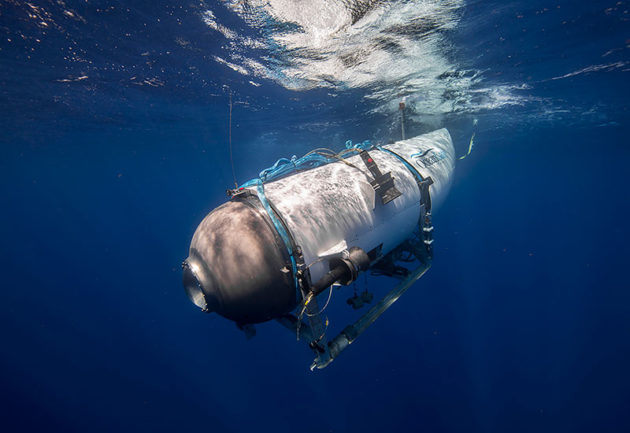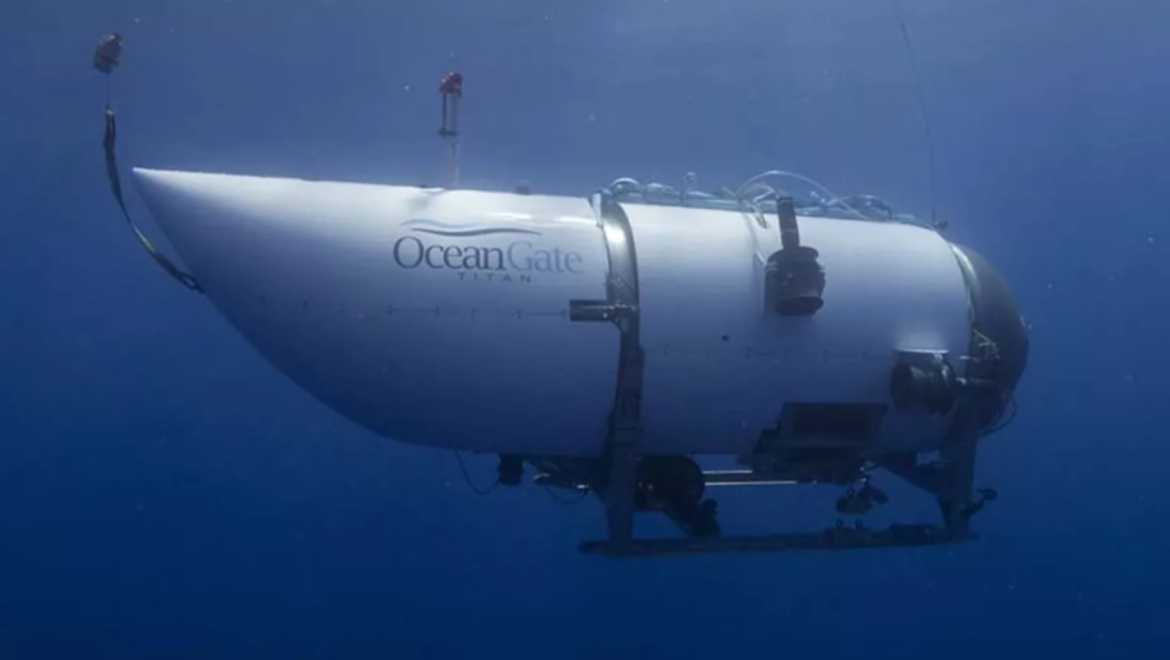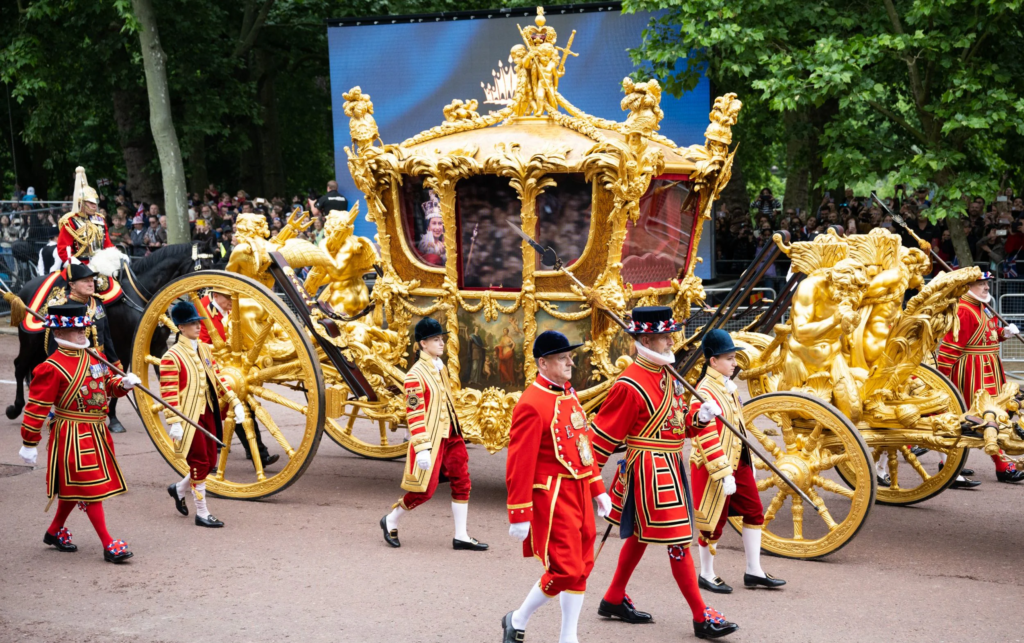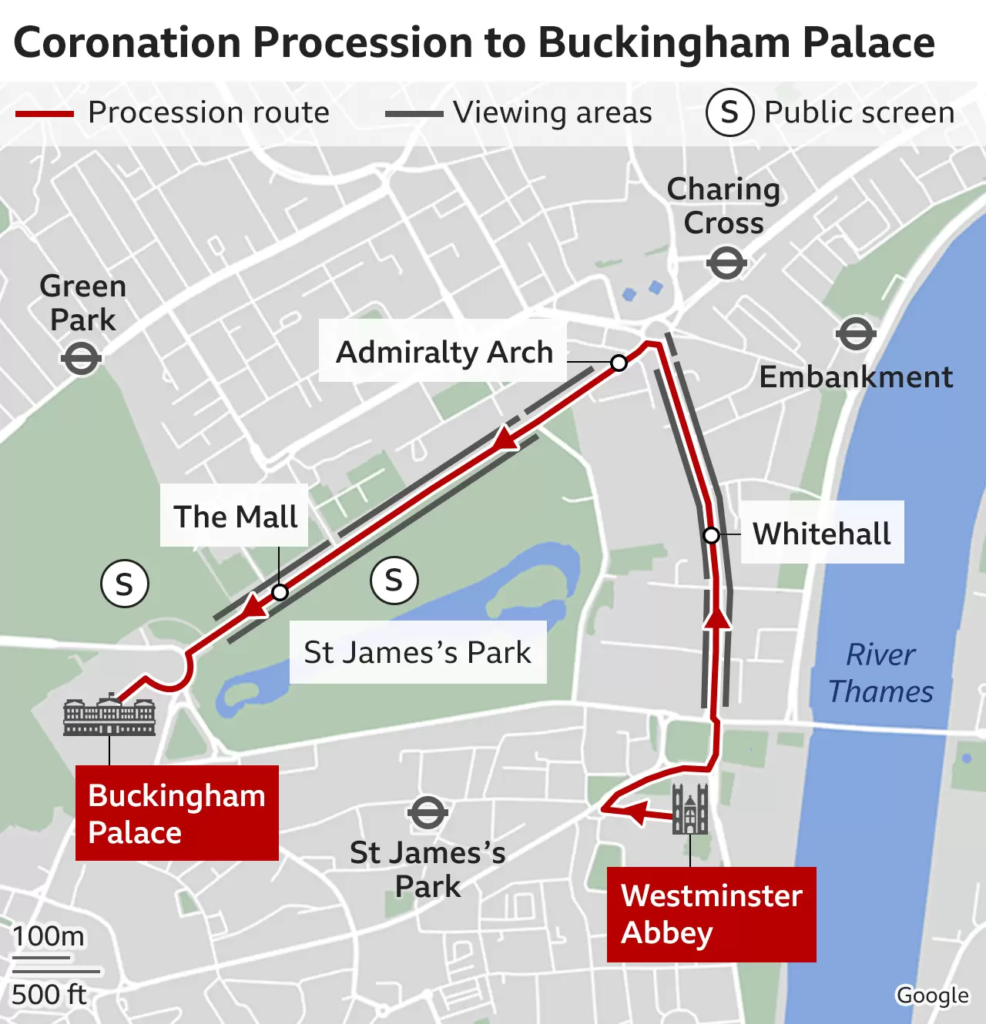Explored Depths and Lessons Learned: The Structure and Architecture of the Titan Submersible
As human curiosity reached new depths, the exploration of our planet’s oceans became a fascinating and challenging endeavour. Among the most remarkable achievements in underwater exploration was the development of the Titan Submersible. Designed to withstand extreme pressures and venture into uncharted territories of the deep sea, the Titan Submersible represented a pinnacle of engineering and architectural ingenuity. In this article, we will delve into the structure and architecture of this remarkable underwater vessel, exploring both its successes and the challenges it faced.
Pressure-Resistant Hull: A Delicate Balance
The Titan Submersible’s pressure-resistant hull, constructed with advanced materials like titanium alloy and carbon composites, was a notable engineering accomplishment. However, despite its strength, the hull faced unexpected challenges. In certain extreme conditions, microfractures developed due to the intense pressures encountered at great depths. These fractures required significant repairs and adjustments, highlighting the delicate balance between strength and susceptibility to damage in the design.
Modular Design: Limited Adaptability
The modular design of the Titan Submersible provided flexibility, allowing for customisation and adjustments. However, it also had limitations. The modular compartments were often constrained in terms of size and payload capacity, limiting the types and quantities of scientific instruments that could be accommodated. This lack of adaptability sometimes hindered the ability to incorporate specialised equipment or respond to unexpected research needs during expeditions.
Navigation and Propulsion: Performance Trade-offs
The combination of electric thrusters and propellers provided the Titan Submersible with manoeuvrability and control. However, these propulsion systems faced challenges in extreme depths due to the increased energy requirements and hydrodynamic resistance. This resulted in reduced operational range and manoeuvrability at certain depths, limiting the submersible’s ability to explore certain areas of interest.
Life Support Systems: Efficiency and Reliability
The Titan Submersible’s life support systems ensured the crew’s safety and well-being during extended deep-sea missions. However, the systems were often energy-intensive, impacting the submersible’s overall efficiency and available power resources. Additionally, occasional failures in critical components of the life support systems required immediate remediation and occasionally cut short research missions, affecting the continuity of data collection and exploration efforts.
Instrumentation and Research Capabilities: Compromised Data Collection
Equipped with a wide array of scientific instruments, the Titan Submersible aimed to facilitate comprehensive research. However, the integration of multiple instruments within the limited space sometimes led to interference and compromised data quality. The presence of complex equipment also made maintenance and repairs more challenging, resulting in occasional disruptions to data collection during critical moments.
Communication and Data Transmission: Reliability Concerns
Maintaining reliable communication and transmitting real-time data remained crucial for effective scientific exploration. While the Titan Submersible employed advanced communication systems, occasional signal loss or delays due to the extreme depths posed challenges. This intermittent communication created difficulties in coordinating with the surface team, making real-time decision-making and adjustments during missions more challenging.
Conclusion
The Titan Submersible represented a significant engineering achievement in underwater exploration, allowing for unprecedented exploration of the depths of our oceans. However, its architecture and design were not without their challenges. The delicate balance of the pressure-resistant hull, limitations in adaptability, trade-offs in propulsion performance, occasional failures in life support systems, compromised data collection due to instrument integration, and intermittent communication were important lessons learned from the development and operation of the Titan Submersible. These lessons will inform future advancements in underwater submersible design, ensuring more robust and efficient exploration of our planet’s remarkable underwater realms.

OceanGate, via Alamy









